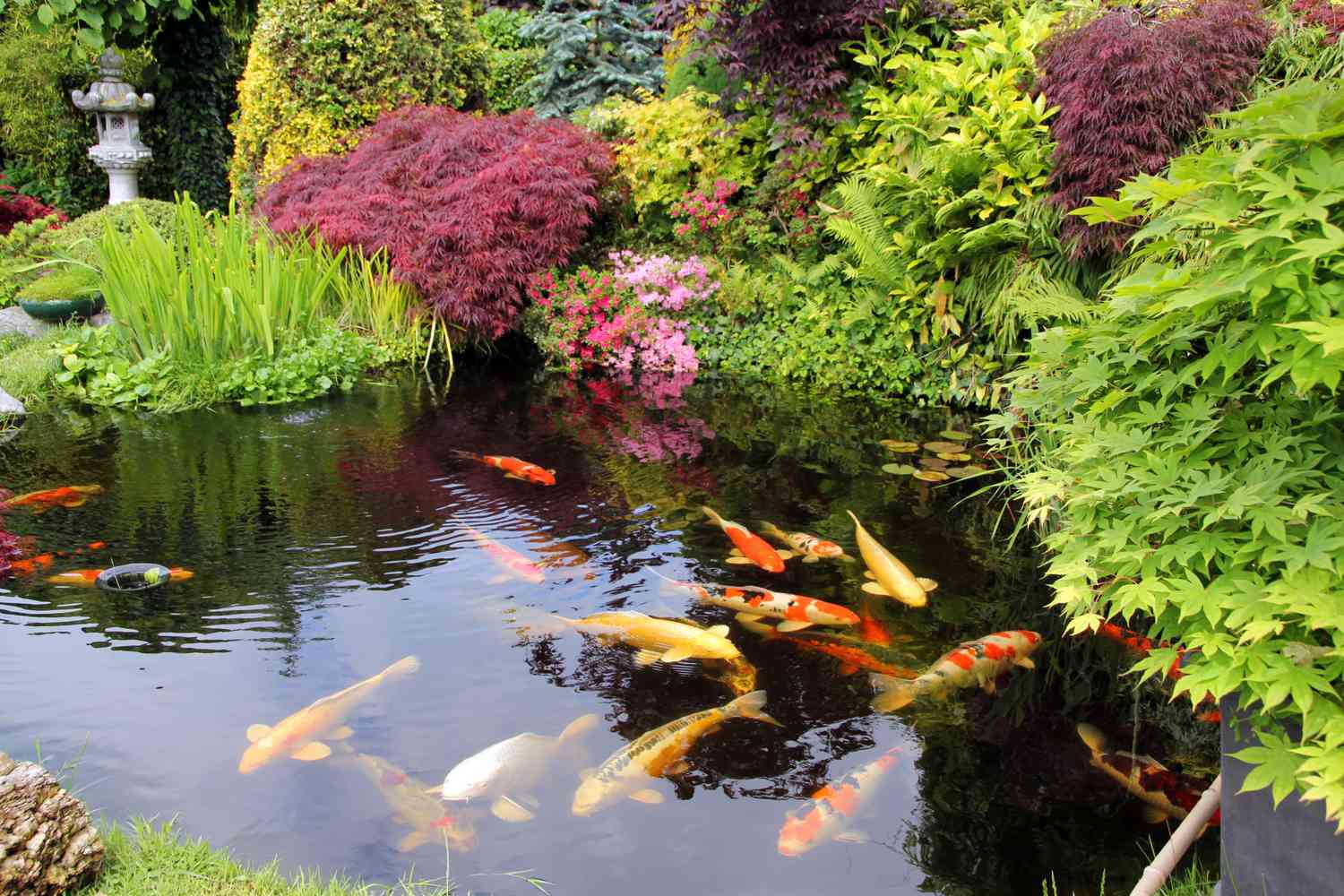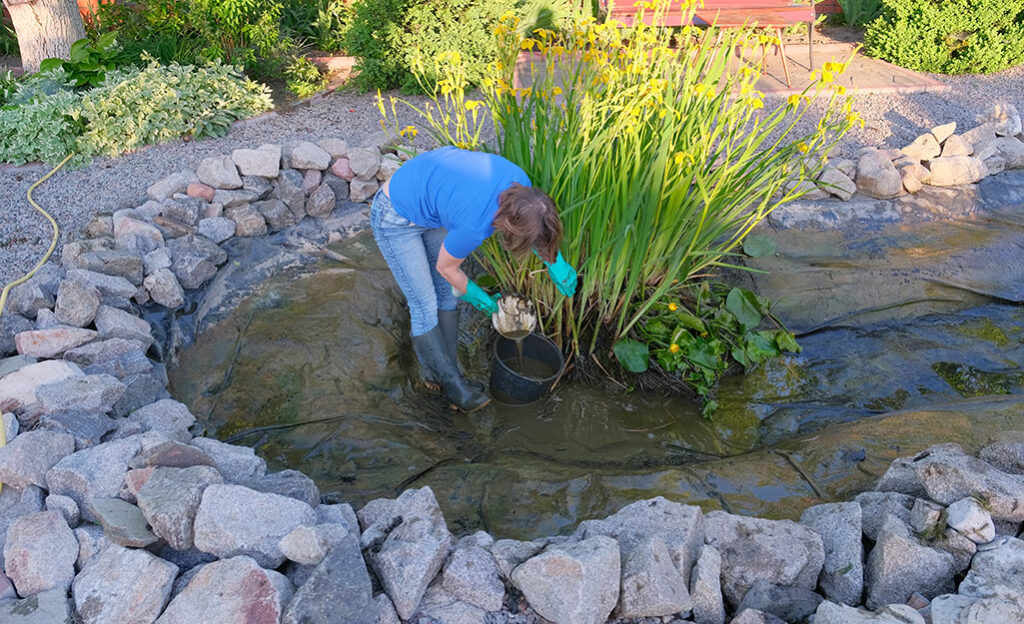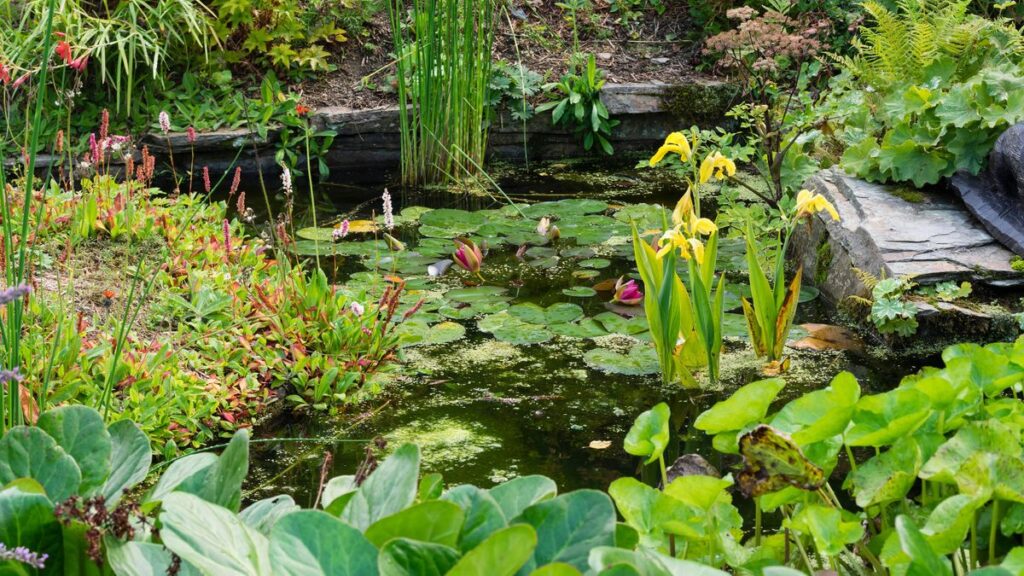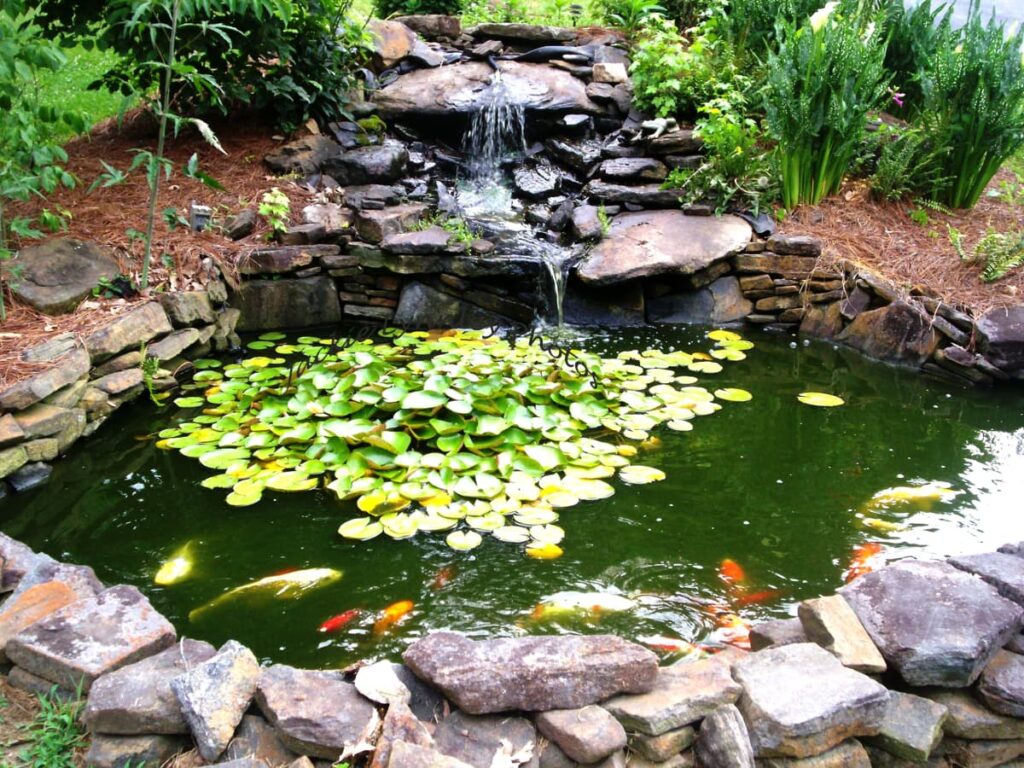
Building a pond is a rewarding way to enhance any outdoor space, creating a serene and visually appealing feature. However, the process can seem costly and labor-intensive without the right approach. Fortunately, there are effective hacks to simplify pond building, save money on little things so that you can invest in things that matter like pond specialist.
Table of Contents
Planning Effectively for an Ideal Pond

Source: homedepot.com
A well-thought-out plan is essential for creating a successful pond. The first step involves selecting the right location, considering factors such as sunlight, shade, and proximity to trees.
Important Factors to Consider:
- Size: Larger ponds require more upkeep but offer space for fish and plants, while smaller ones are easier to maintain but may be more prone to temperature fluctuations.
- Depth: A minimum depth of 18 inches is suitable for most climates, with deeper ponds better for fish and colder regions.
- Location: Avoid areas with heavy tree coverage to minimize leaf debris and potential maintenance.
Sketching a basic outline of the desired pond shape and features helps clarify the vision and guide the next steps.
Cost-Saving Tips for Tools and Materials
Pond construction can quickly become expensive, but there are ways to minimize costs without compromising quality.
- Repurpose Materials: Old containers, such as bathtubs or plastic bins, can act as pond liners for small projects.
- Shop Secondhand: Look for used pond equipment, like pumps and filters, through local classified ads or online marketplaces.
- Affordable Liner Alternatives: Options like heavy-duty plastic sheeting or bentonite clay can be effective substitutes for traditional liners.
Renting tools or borrowing from friends can further reduce expenses, especially for items that will be used infrequently.
Making Digging Easier
Mark the pond shape with spray paint and dig in layers to save effort. Watering hard soil before digging softens it, making the job easier. For liners, options like bentonite clay or inexpensive plastic sheeting work well. Always smooth the pond base before adding a liner to prevent damage.
Choosing Budget-Friendly Pond Liners

Source: gardeningetc.com
A proper liner is essential for holding water, but it doesn’t need to break the bank. Several affordable options work well for most DIY pond projects.
Popular Liner Choices:
- Plastic Sheeting: A cost-effective solution that is readily available but may require occasional replacement.
- Rubber Roofing Material: Durable and more affordable than specialty pond liners.
- Clay or Concrete: Both provide long-lasting options for those seeking natural or permanent alternatives.
Properly smoothing the base of the pond before adding the liner prevents damage and extends its lifespan.
Creative Edging and Rock Placement

Source: dengarden.com
Decorative rocks or edging can be sourced for free from local areas. Solar-powered pumps and DIY filters provide affordable water movement while maintaining pond health. A PVC pipe fountain or a simple waterfall adds charm without significant expense.
Tips For Pond Maintenance
Native aquatic plants and budget-friendly fish like goldfish enhance the pond’s ecosystem. Look for plant cuttings or adopt pond fish from local groups to save money. Regularly remove debris with a skimmer net and use natural algae controls like barley straw to simplify maintenance.
In Summary
With clever planning and cost-effective strategies, building a pond becomes an achievable DIY project. The result is a stunning feature that brings life and serenity to any outdoor space with minimal expense and effort.







